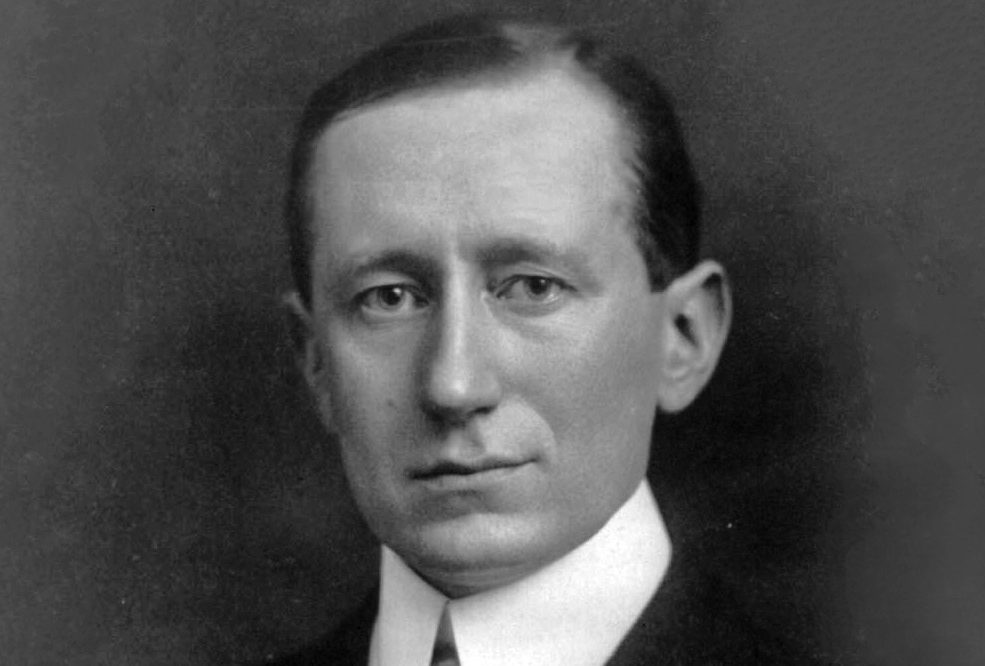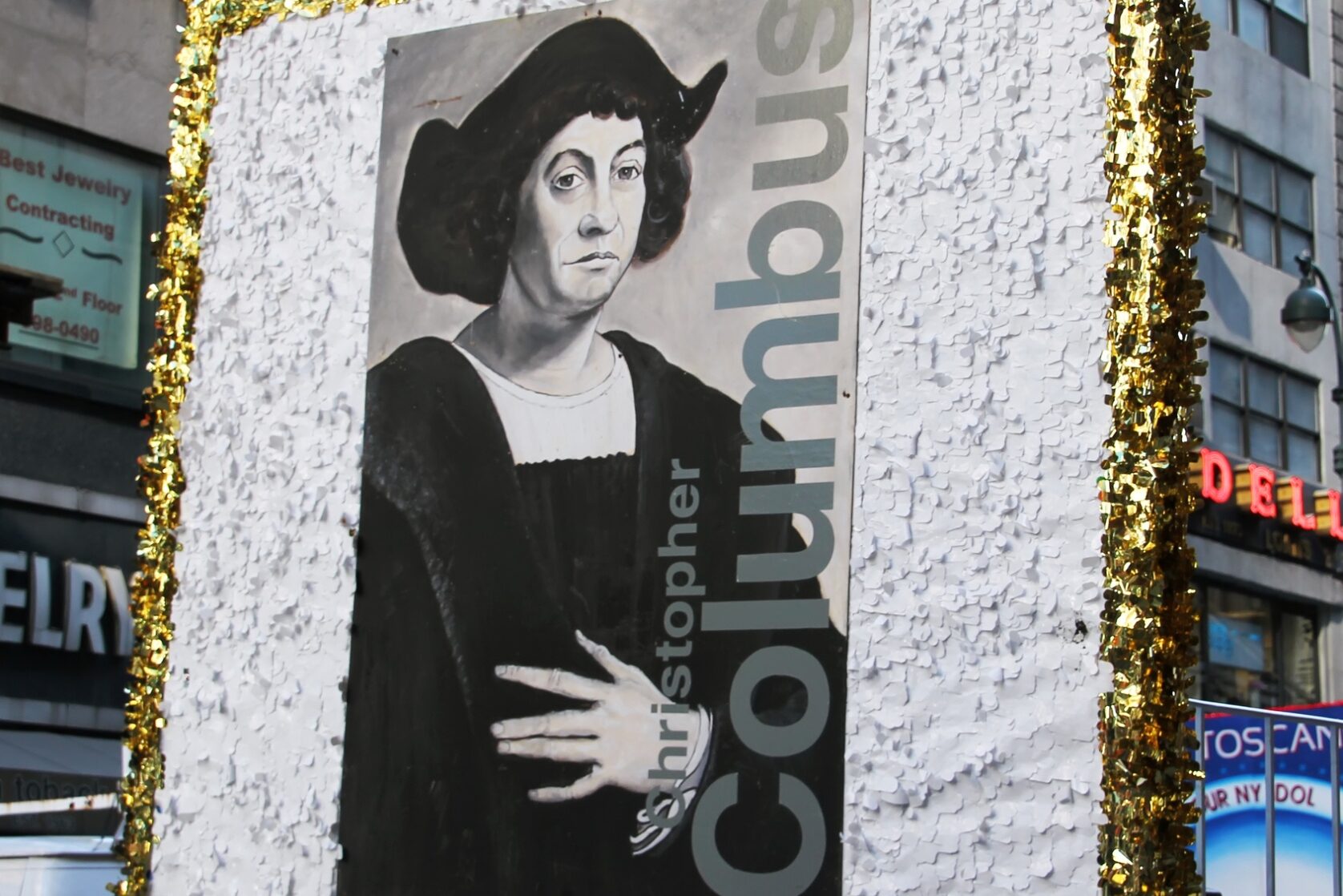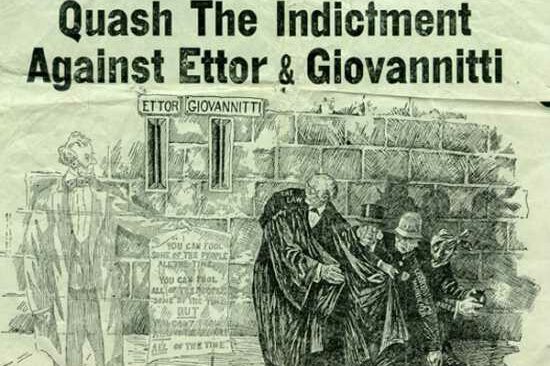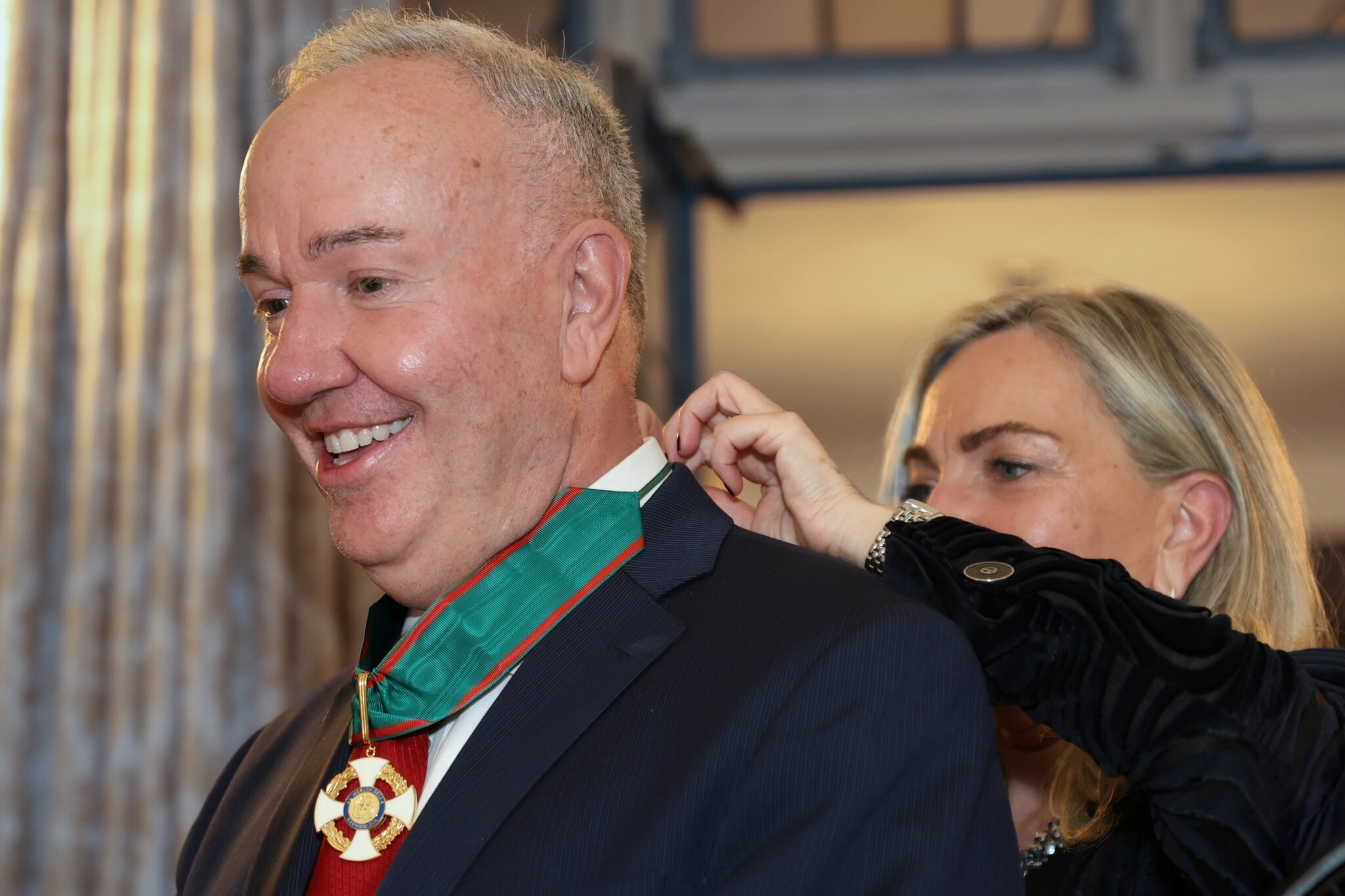Dear Readers,
April marks the 141st anniversary of the birth of the great Italian inventor Guglielmo Marconi. April also marks the month when Guglielmo Marconi, born in Bologna April 25, 1874, was hailed worldwide as a benefactor and hero to humanity. The supposedly “unsinkable” luxury liner Titanic sank April 14, 1912, and Marconi’s invention “ship to shore” radio helped save many lives. Of the 2340 passengers and crew more than 1,500 perished. Many were women and children immigrants on cheap “steerage” passage.
After that awful April night when the “indestructible” Titanic hit a massive iceberg, quickly sinking in the icy waters of the North Atlantic, Marconi’s invention wireless telegraphy caused him to be hailed as the “World’s Greatest Benefactor” by the President of the United States Howard William Taft.
The Titanic’s “Marconi Wireless” operator himself went down with the ship, but not before he sent out an S.O.S. signal of distress.
The survivor’s were picked up by the S.S. Carpathia, another radio equipped ship which had heard the distress call. Unfortunately, although several other ships had been nearer to the Titanic than the Carpathia, they lacked radio equipment and did not hear the S.O.S. call.
Undoubtedly hundreds more passengers could have been saved if these other ships which were nearer to the Titanic had been radio equipped.
In 1906, David Sarnoff (who later became Chairman of RCA in 1930) began working for the American Marconi Company and by 1919, had become a top wireless expert. He preferred the term radio to “wireless telegraphy” because the signals which were sent out radiated in all directions.
Sarnoff, at age 21, was appointed manager and operator of the American Marconi wireless station located in the Wanamaker Department Store in New York, then the most powerful commercial radio station in the world. On April 14, 1912, while he was listening idly to dots and dashes, he suddenly picked up on this shocking message: S.S. Titanic ran into an iceberg. Sinking fast”. This message had come from the S.S. Olympic, which was nearby in the North Atlantic Ocean, 1,400 miles away from New York.
The Titanic, a brand-new luxury liner making her maiden voyage to the United States had hundreds of prominent Americans aboard. David signaled the S.S. Olympic to provide additional information. “Rush details, including names”, he requested. David notified the New York newspapers of the grim tragedy. Reporters, relatives and friends of passengers aboard the Titanic crowded around his station for further information.
Within hours, the news spread across the country. That same year, Congress passed a law which made it mandatory for all ships carrying passengers to install radio equipment. It also required ship owners to employ licensed persons to operate the radio equipment.
Marconi’s mother, Annie Jameson, was born in 1843, one of four daughters of Andrew Jameson of County Wexford in Ireland, wealthy distiller of Jameson’s Irish whiskey. The family lived in an old manor, which had parkland and a moat. Annie as a teenager wanted to perform in opera, and had been invited to sing at the Royal Opera House in Covent Garden.
Her father refused to let her go, the stage then regarded as not suitable for well bred young ladies, but it was arranged that Annie could go to Bologna to study singing. There she could stay with business contacts of the Jamesons, a respectable Italian family called de Renolis.
A few years before Annie arrived to stay with them, their daughter Giulia had married a prosperous landowner called Giuseppe Marconi. Giulia had given birth to her first child, a son Luigi. Sadly, the young mother survived the birth of her son by only a few months. Giuseppe, now a lone parent, remained close to the de Renolis family.
When Annie Jameson came to stay with the de Renolis, she was introduced to their bereaved son-in-law and little grandson Luigi. Giuseppe lived more at Pontecchio in the Villa Griffone than in Bologna, and Annie fell in love with that place and with him. She returned to Ireland to ask her family for permission to marry her Italian sweetheart, but they refused. The grounds for rejection were that he was much older than her (by about seventeen years), already had a son, and he was a foreigner.
Annie appeared to accept the decision. But kept in touch with Giuseppe, with letters smuggled between Ireland and Italy, and vowed to run away to marry him when she reached the age of majority at twenty-one. This she did, meeting him on the northern coast of France, where they married on April 16, 1864. Their first child, Alfonso, was born a year later. Nine years later, in April 1874, Annie gave birth in Bologna to a second son, Guglielmo. Young Guglielmo loved to read and the library in the Villa Griffone contained a wide selection of books. From about the age of ten Guglielmo began to work his way through this store of knowledge.
From an early age Guglielmo Marconi was familiar with Bologna’s scientific heritage, and at Villa Griffone began his first experiments with the mysterious forces of electricity. Bologna had water-powered silk-weaving mills long before the Industrial Revolution transformed British industry in the late eighteenth century.
Bologna had a distinguished history of scientific discovery, and was the home of eighteenth century pioneer of electrical forces Luigi Galvani.
Marconi was also fascinated by the work of the American inventor Samuel Morse, who had developed the telegraph and Morse code and by Benjamin Franklin’s invention of the lightening conductor.
By 1896, at age 21, he had patented the first wireless telegraph. Following the Titanic tragedy in 1912 that proved the worth of Marconi’s ship to shore wireless, Marconi developed improved crystal set technology and by 1921, a two tube radio with head set, that was soon replaced with a loudspeaker so more than one person could listen. Marconi kept adding new ideas to his wireless radio and by 1933 installed the first radio station at the Vatican. His invention helped bring radio music and entertainment in our homes.






























